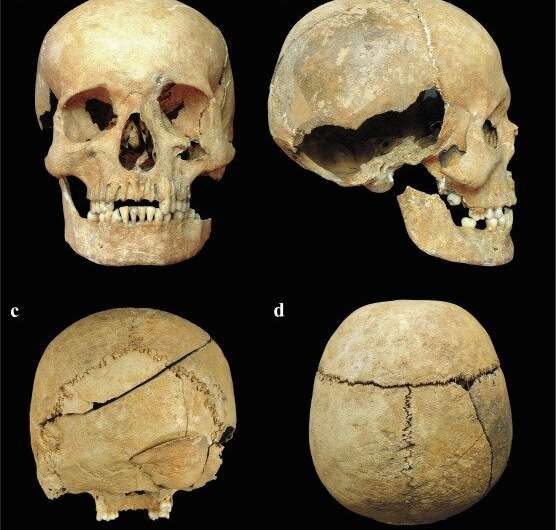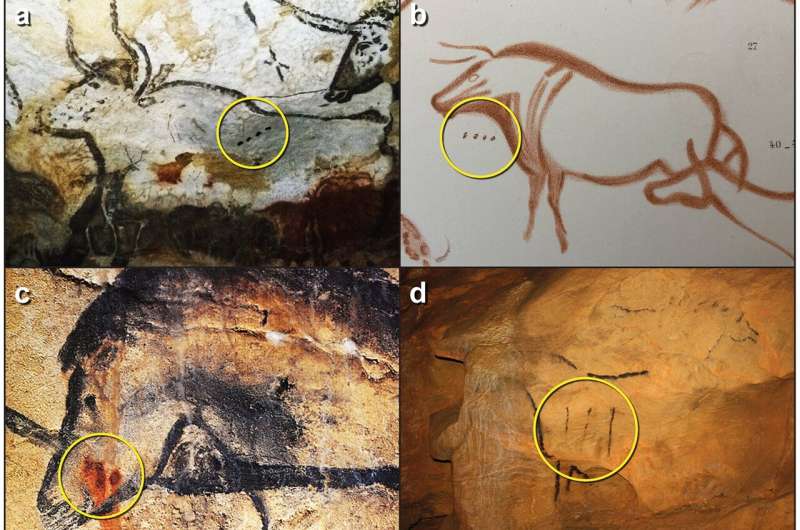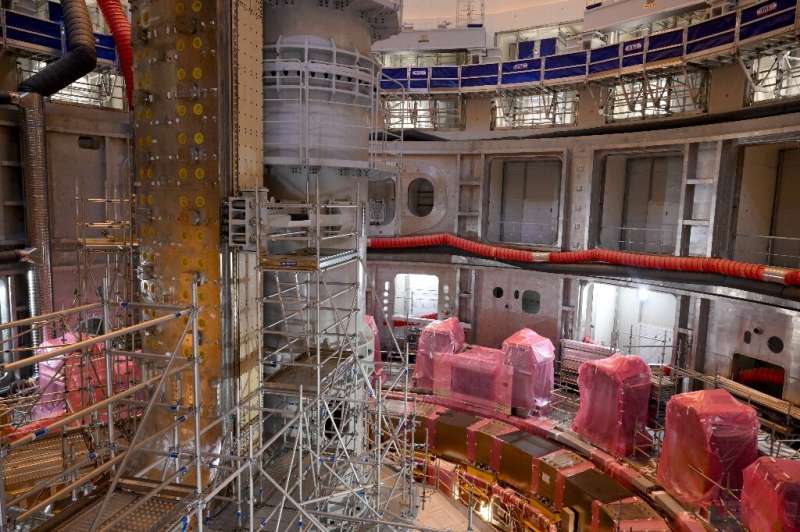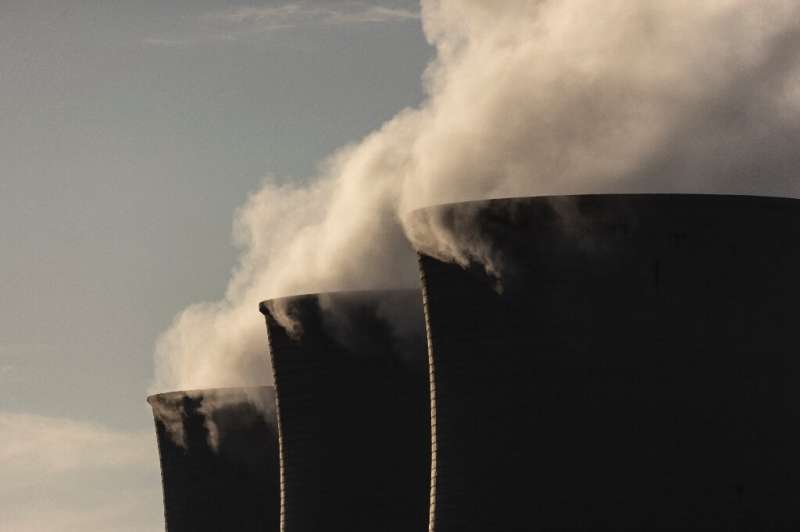Hershey's First Bilingual U.S. Plant Drives Powerful Results
Investment in U.S. Manufacturing Results in Highly Qualified Employees, Improved Retention and Equity
PUBLISHED 12-09-22
SUBMITTED BY THE HERSHEY COMPANY
HERSHEY, Pa., December 9, 2022 /CSRwire/ -- The Hershey Company (NYSE:HSY) announced its first bilingual manufacturing facility. Through the launch of the company’s ‘Say Hola’ initiative, the Hershey plant in Hazleton, Pennsylvania now seamlessly integrates both Spanish and English-speaking employees. The transformation evolves Hershey’s employee experience and ensures a work environment that’s accessible and equitable. In place for nearly one year, the program has enabled hiring of a more experienced workforce, improved retention and reduced recruitment costs. ‘Say Hola’ further advances Hershey’s commitments to its communities while underscoring enterprise-wide DEI priorities, career development programs and enhanced care systems and rewards for employees.
“At the frontline of our business, our manufacturing employees make what we do possible and are a driving force behind our recent supply chain investments,” said Jason Reiman, SVP, Chief Supply Chain Officer. ‘Say Hola’ precedes a wide range of new and improved employee support programs launching in 2023 including enhanced parental leave, new training and development opportunities and local community efforts. “By delivering exceptional and inclusive experiences for employees, their families and the greater communities, we are doubling down on our legacy commitment to ensure Hershey is a top workplace for manufacturing workers so that people can grow within our company.”
In the past 20 years, Hazleton’s population has seen a rapid growth in Hispanic residents – growing from five to more than 60 percent. Recognizing the opportunity to evolve its approach and build programs that lead with inclusivity, Hershey launched this initiative to equip employees with the tools and resources needed to succeed regardless of their primary language. ‘Say Hola’ is part of Hershey’s larger people-first manufacturing strategy and is a direct reflection of the local community’s diverse, rapidly evolving demographics.
By launching ‘Say Hola’ and opening its doors to the changing Hazleton community, Hershey is seeing an increase in employee retention and highly experienced individuals applying for positions. In fact, more than 90 percent of the facility’s recruitment classes now have the desired manufacturing experience versus 50 percent of recruitment classes prior to program launch. The community’s enthusiasm about the transformation to a bilingual plant and word-of-mouth awareness has also reduced recruitment costs.
With a history of doing the right thing for its communities, Hershey’s investment in the Hazleton facility reflects founder Milton Hershey’s legacy and community-building efforts. The company embraced the opportunity to make internal changes to grow side by side with Hazleton and position the 50-year-old manufacturing facility as a mirror of the community. To do this, Hershey:
- Conducts trainings in both English and Spanish
- Produces all signs, labels and forms in both Spanish and English
- Ensures bilingual employees and resources are made available on the floor to support with communication and introduced a 24/7 1-800 number for assistance
Hershey's partnership with its Latino Business Resource Group (LBRG) was pivotal in ideating, planning and executing the ‘Say Hola’ initiative. The LBRG remains deeply involved as Hershey continues to build and implement the program. As its first multilingual pilot program, Hershey will continue to use key learnings from this initiative to move its people-first manufacturing vision forward and support its overarching DEI roadmap.
“The ‘Say Hola’ initiative showcases Hershey’s commitment to our people and the communities in which we live and work – both on a local and global scale,” said Alicia Petross, Chief Diversity Officer. “‘Say Hola’ has accelerated the diversity of our workforce – a key element of our DEI roadmap – and provided upskilling, improved recruiting and retention and most importantly, the program fosters a workplace that looks more like the communities our colleagues live in.”
Earlier this year, Hershey was named No. 6 on DiversityInc’s Top 50 Companies for Diversity and No. 9 on the Top Companies for Latino Executives list. The candy and snack maker’s Latino executives and board members are frequently honored in outlets like Latino Leaders Magazine.
About The Hershey Company
The Hershey Company is headquartered in Hershey, Pennsylvania and is an industry-leading snacks company known for bringing goodness to the world through its iconic brands, remarkable people and enduring commitment to help children succeed. Hershey has approximately 19,000 employees around the world who work every day to deliver delicious, quality products. The company has more than 100 brand names in approximately 80 countries around the world that drive more than $8.9 billion in annual revenues, including such iconic brand names as Hershey's, Reese's, Kit Kat®, Jolly Rancher and Ice Breakers, and fast-growing salty snacks including SkinnyPop, Pirate's Booty and Dot's Homestyle Pretzels.
For more than 125 years, Hershey has been committed to operating fairly, ethically and sustainably. Hershey founder, Milton Hershey, created Milton Hershey School in 1909 and since then the company has focused on helping children succeed.
To learn more visit www.thehersheycompany.com.


















